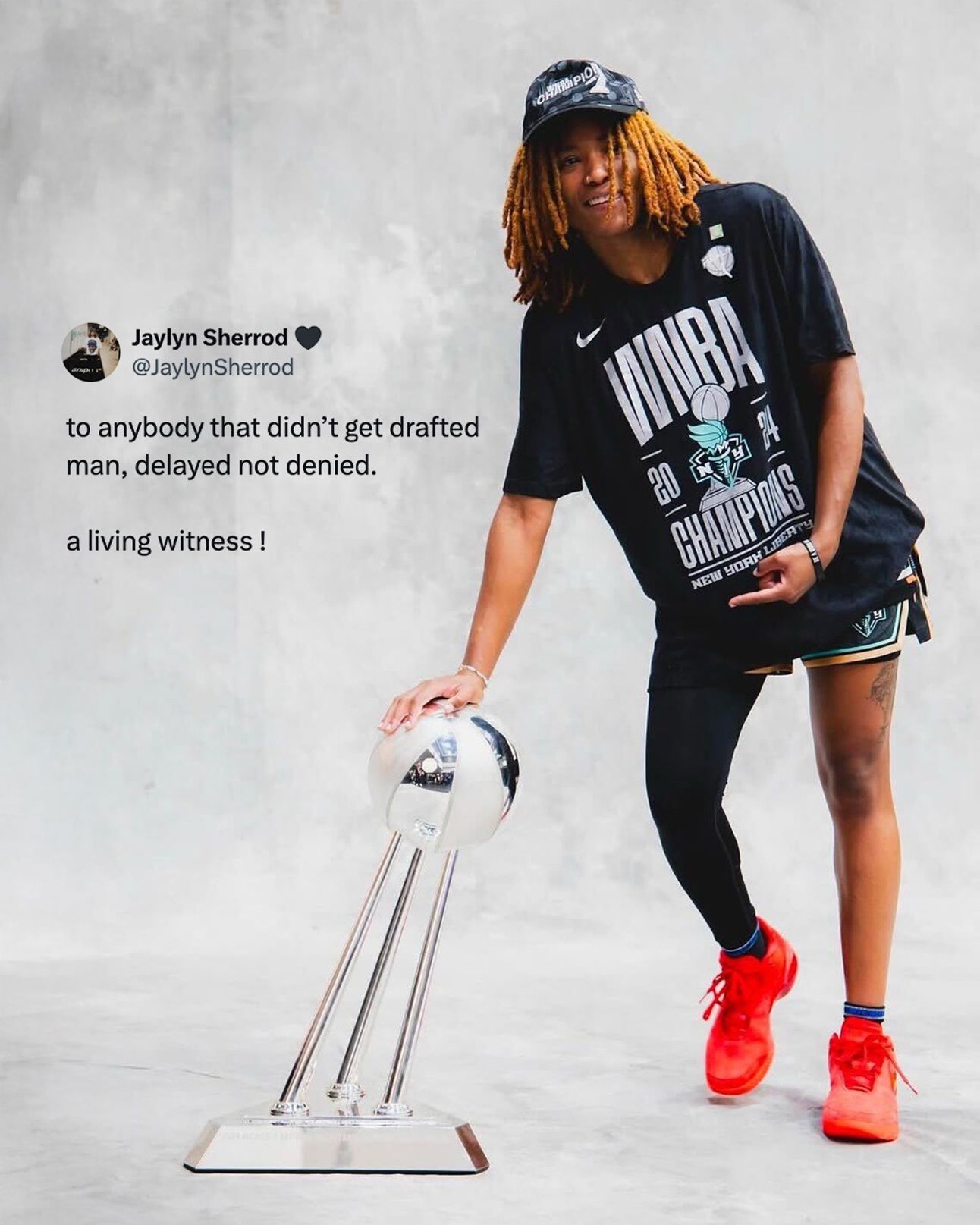Athletes face a lot of pressure when making career decisions. The transfer portal and the WNBA draft, while offering new opportunities, have created a high-stakes environment where young athletes must make life-altering choices under intense time constraints. College women's basketball players typically have about a month between the end of the regular season and the NCAA Championship to decide if they want to enter the transfer portal, and that’s if they don’t decide to enter the WNBA draft. The WNBA draft declaration window feels even shorter.
While seniors can technically declare for the draft at any point in the year, many may want to explore returning to college if they have another year of eligibility. Players with expiring eligibility have barely a month to decide whether to pursue professional aspirations, with limited slots in the WNBA available. This timeline forces them to evaluate their readiness for the professional level while managing academic commitments.
The transfer portal itself presents another layer of complexity. Top-tier players must navigate a brief window to enter the portal, weighing factors like team fit, playing time, academic programs, and geographical location. These decisions often carry long-term implications for their athletic and academic futures. Quite a few current WNBA players have weighed in on how they feel the transfer portal should work, though their experience in the portal was likely different because NIL partnerships were not available.

And we look forward to seeing Jaylyn Sherrod under contract for a full season.
The WNBA draft was an incredibly fun event to watch, and a huge congratulations to everyone who got drafted, but some sports don’t even have that type of event to look forward to. For track athletes, there is no professional team to look forward to after the collegiate level (unless you count the Olympics or a relay team). It’s a personal decision to invest in a coach and access to training facilities if you want to pursue a career in track and field.
Social media adds another dimension to this pressure cooker environment. Players' decisions face instant public scrutiny, with fans, analysts, and critics ready to pass judgment. While some moves are celebrated, others face harsh criticism, often without consideration for the personal circumstances driving these choices.
The mental toll of these high-pressure decisions is immense, and I’m just watching them unfold from the outside looking in. While sports prepare athletes for high-pressure decision-making in life, I sometimes question whether the current system provides adequate support for their mental well-being. Sports serve as an exceptional training ground for high-stakes decision-making, teaching athletes how to weigh options, consider long-term consequences, and trust their instincts under pressure. These skills prove invaluable not just in athletics but in all aspects of life. So I guess the challenge lies not in questioning the athletes' decision-making capabilities, but in ensuring the system provides them with adequate time and support to make these important choices.
The accelerated timelines and public nature of these decisions can create unnecessary stress during what should be a thoughtful career planning process. The goal should be to create a system that allows for informed, well-considered choices while protecting the overall well-being of student-athletes.
What do you think? There’s not a whole lot that can be done about the timeline to declare for the WNBA Draft, but there is some flexibility in the structure of the transfer portal. Should athletes be given more time following the end of the playoff season to decide whether they want to enter the transfer portal?
If you enjoyed this article, consider sharing it with someone else who might enjoy it! It’s free to join our community (aka = group chat for the girlies).
